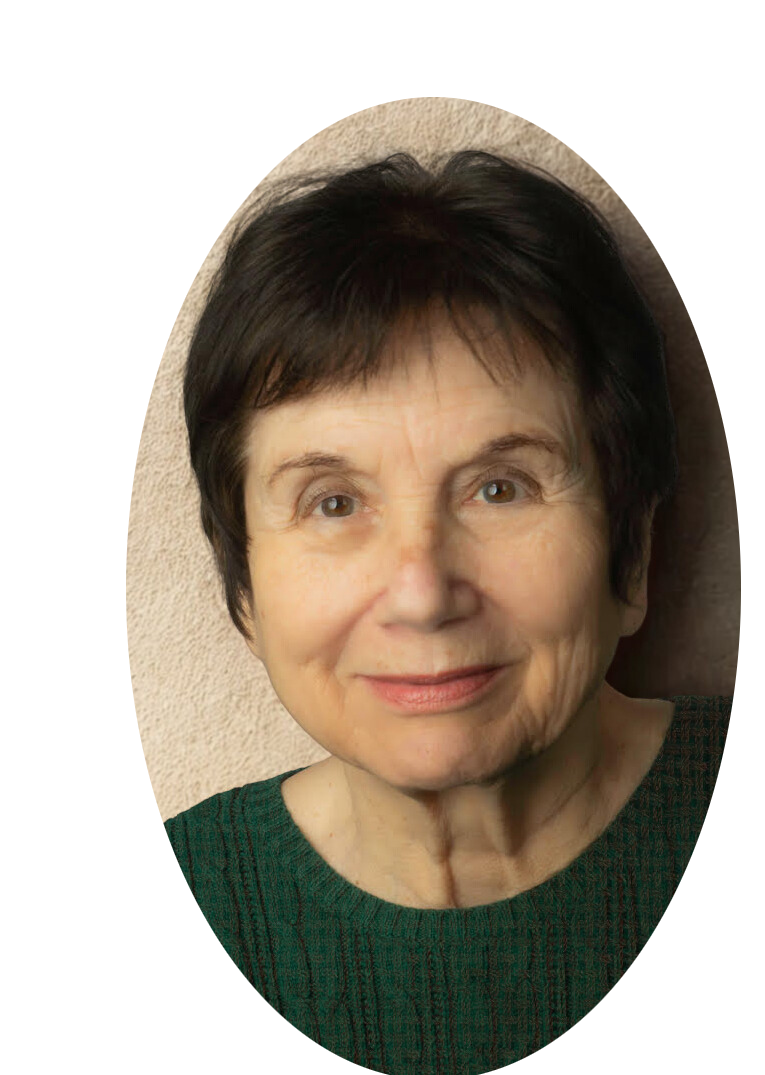A Human Journey Years ago, when my daughter was a girl, she and I sat atop a heavy black rock-encrusted knoll in Dartmoor, in Cornwall England on a lovely spring afternoon.
The Territory The vista before us was Cornwall in its glory. Before us unfolded the moors, forest and hills, meadows, streams and a river, a few tiny villages, pools of glittering water that might have been small lakes.
The Goal We picked a point in the distance, she what appealed to her and I what appealed to me. Taking turns we discussed how we might reach our goals.
First Quick Plan “How could you get there?” Stretching out her arm to follow her gaze, she said, “I’d go over there.” “But there are no roads. How could you even get down this hill to the other side? A bird could fly over everything and get there, but how could you?”
Developing Realistic Plan Pause. Narrowing eyes. Little wheels turning in the skull under that shining long dark hair. “I’d need a rope and strong shoes to climb down the rocks on this hill. And jeans too. Otherwise the rocks would hurt my knees. (She was wearing shorts.) “Mmmm,” I replied. “So you would need equipment.” “Yes.”
Strategy What followed was a lengthy analytic discussion of what we would need to transverse the magnificent territory before us. We looked at the details of a river and discussed whether we would have to go miles above to where it was less broad or if we could swim it or build a bridge across it, or maybe use the rope to swing over. Ah, but nothing was there to tie the rope. We had to evaluate our strength and swimming skills deciding that we couldn’t’ make the final decision until we were closer because we had to take the current into consideration.
Risk Factors Was it worth the risk of using our resources to get to the river close at hand if we couldn’t cross it and had to trek beyond to find an easier crossing? We factored beauty into our calculations. Looking at how the river gracefully curved through the forest and meadows we decided that a long walk, even camping along side that river, even though it took us off course for a while, would be worth it. We could double back on the other side and cross the meadows beyond. Cows? Okay. Ponies? Okay. Sheep? Okay. Bulls? No. We’d have to determine the challenges we would be facing and which we could deal with and which we could not.
Possible Assistance Maybe we could get help along the way? Possibly. We could check at a village to get a better understanding of our course, maybe get supplies. Maybe even get a guide for part of the way. What does this warm and lovely memory have to do with eating disorder recovery?
Eating Disorder Recovery Journey - Your Goal You see your goal. No more eating disorder. The straight line, as a bird flies, to your goal is to stop all symptoms. Then you are done. You arrive at your destination. But you are not a bird. And you can’t stop symptoms of an illness through will power. But you can decide to go for your beautiful goal of health and freedom.
Realistic Appraisal and Strategy Then comes the evaluation of what you need as you proceed. That has to do with a realistic appraisal of your situation and your resources, who you can rely on, what unpredictable challenges you will meet, what tools and equipment you need to bring with you, how to recognize how to avoid danger as much as possible and how to avail yourself of help along the way.
Symptom End versus Health and Freedom Descriptions of eating disorder symptoms abound in literature and across the Internet. Many of those symptoms are a danger to health and even life. But no one gets scared into stopping symptoms. People do get scared into trying to modify symptoms, like only bingeing on healthful foods. But that’s no answer and no way to reach your goal of health and freedom.
Journey to Health Effective treatment that leads to eating disorder recovery is a journey. You need trusted and competent companions, just one for starters. You need information. You need resources. You develop resources as you go, like greater understanding and appreciation for what it takes to live in your own skin as you participate in the world. You develop particular skills learned in therapy but also learned in classes and life experiences. You learn how to evaluate your situation, be considerate and respectful of your feelings. You then reflect on your awareness so you can take steps based on your strengths. If your strengths are not adequate for a task you have learned how to recognize competent and trustworthy people so you can then ask for help and use that help.
Adventure The journey to eating disorder recovery, like any adventure, involves fear and discomfort but also involves beauty and joy. The recovery journey involves the abiding pleasure of developing physical, mental and emotional strengths and knowing you can rely on your strengths in this world. The key to eating disorder recovery is not to focus on how terrible the symptoms are. The key is to focus on the life of freedom and health you want. Then you can advance on your journey to the goals you have chosen based on your mind and your heart. It’s not a straight-line journey. But it is a grand journey.


Add comment